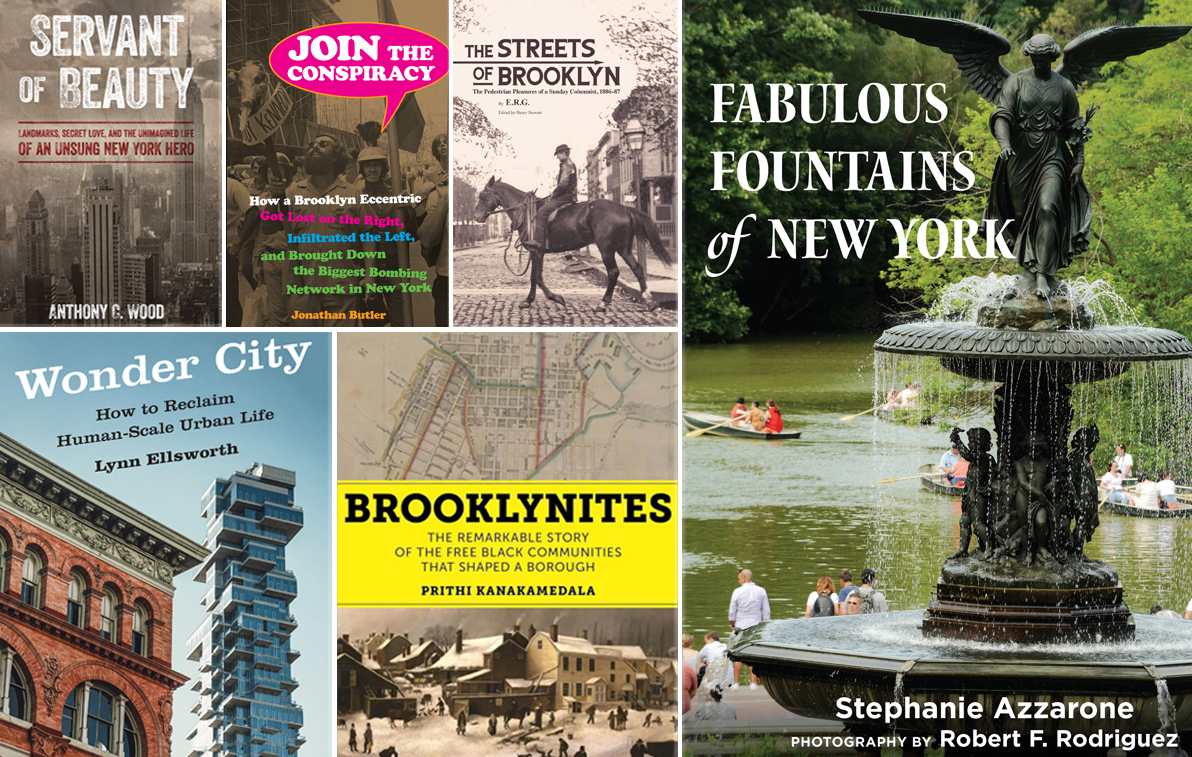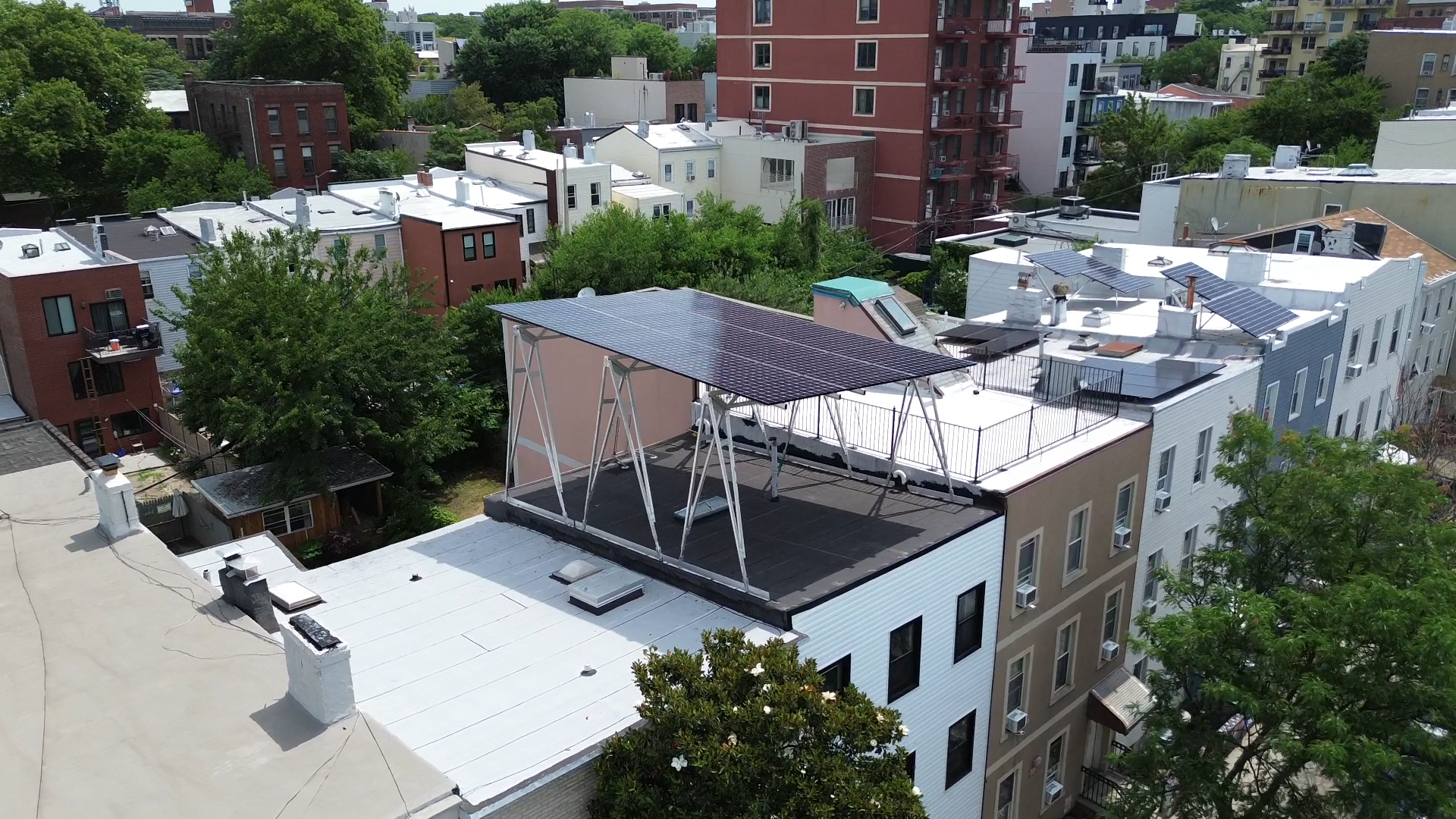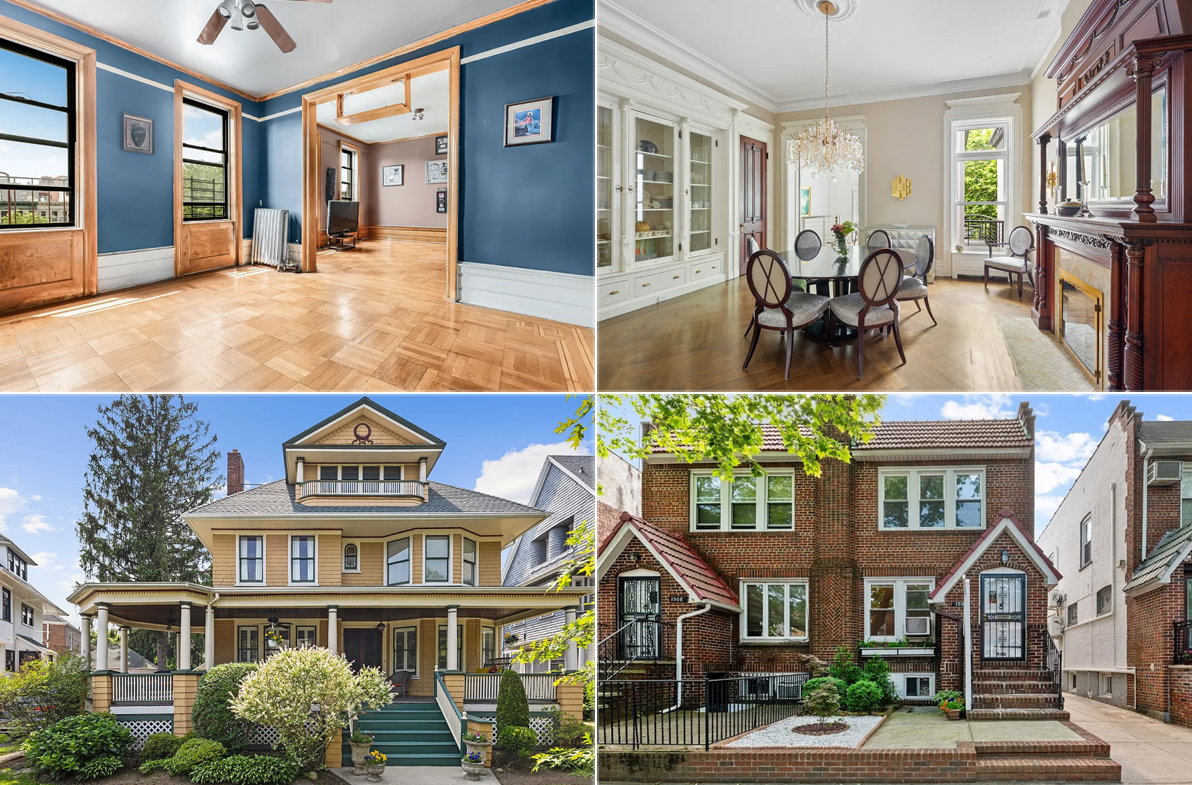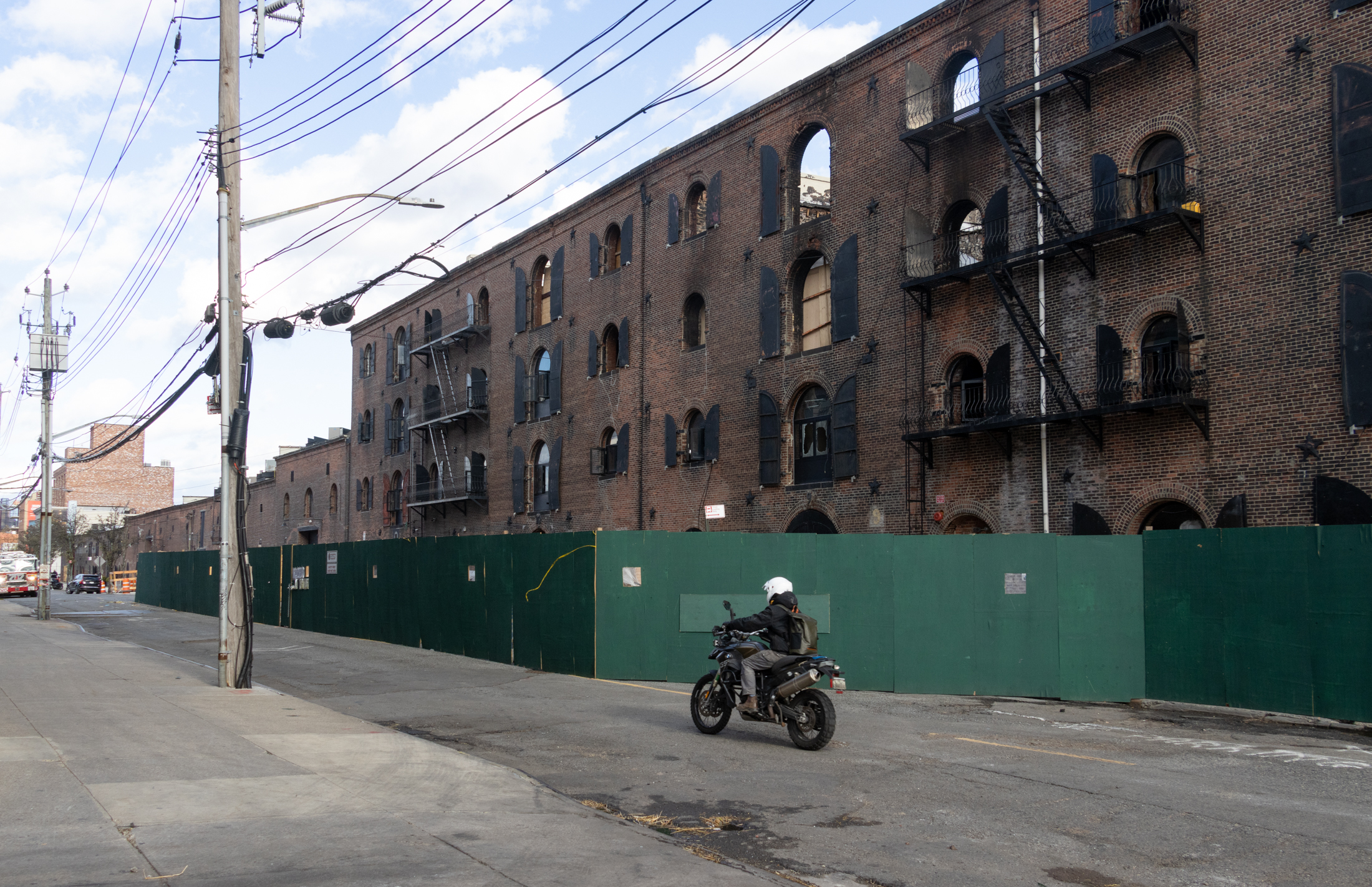Walkabout with Montrose: Terra Cotta Delights
Longtime Brownstoner community member and local architecture buff Montrose Morris (well, that’s her online name anyway) starts her regular column this week in praise of terra cotta. One of my favorite features of New York’s 19th and early 20th century architecture is the use of terra cotta and carved stone ornament. In Brooklyn, this ornament…


Longtime Brownstoner community member and local architecture buff Montrose Morris (well, that’s her online name anyway) starts her regular column this week in praise of terra cotta.
One of my favorite features of New York’s 19th and early 20th century architecture is the use of terra cotta and carved stone ornament. In Brooklyn, this ornament is everywhere. Terra cotta can be natural brick, limestone white, or glazed in brilliant colors.
Most of the terra cotta found in NYC was manufactured in Long Island City, Staten Island and New Jersey. Excellent public examples are BAM, the Montauk Club, and the Masonic Temple in Clinton Hill.

On our rowhouses, this fanciful ornament is seen in the corbels of a classic Italianate brownstone, and the ornate exuberance of the Queen Anne, Neo Gothic and Renaissance Revival styles. Portraits, animals, florals and Celtic knots abound.
Some are terra cotta, many in carved stone, all are made by anonymous carvers of great skill. After the Art Deco period, design sensibilities turned to stark Modernism. Many row houses lost their ornate facades, and many public buildings were torn down, their grotesques and foliate panels saved only by salvage companies and preservationists.

Fortunately, we’ve now come full circle, and these works of art are again appreciated for their beauty, and those buildings that feature them are being preserved for future generations. Explore your neighborhood, this art is all around you.
If you enjoy the examples above, please check out more examples in my Flickr set. All photos were taken in Crown Heights and Bed Stuy.







[Photos by Suzanne Spellen]





Troy, it took me longer to edit the piece down than to write it. I had to leave out a lot of information that would have been interesting, but space considerations forced a severe edit. Besides, I can always add more in the comments. In the long run, pictures speak louder than words, and flickr is a great way to not be edited in one’s photographs.
MM,
Congrats on the new thread. Also thanks for squeezing a pic of my crown heights place onto the pics. I’m going to tell the people in the bldg that our bldg just got a little spot light thanks to you.
What ‘care and feeding’ is needed for maintaining terra cotta?
Thanks for the well wishes and comments, everyone. Wasder, I’d love to. We’ll talk.
There is a wonderful book on the subject: Terra-Cotta Skyline by Susan Tunick. It traces the history of terra cotta ornament in New York City, and has some great info and wonderful photographs by her brother, Peter Mauss. Most of the shots are in Manhattan, but there are some of Brooklyn and the other boroughs, as well.
She is affiliated with the Friends of Terra Cotta, a non-profit dedicated to the preservation of the nation’s ornamental treasures in terra cotta and ceramics. Their website is:http://www.preserve.org/fotc/
The site also has a database of articles on terra cotta and ceramics. I saw some great articles I want to read someday. Unfortunately, the articles themselves are not on the site.
I’m constantly amazed at how well this stuff holds up, especially the limestone pieces. I’m not expert enough to be able to tell if some of it is hand carved or cast, I suspect both, but there are buildings in Crown Heights North, especially, like the first cover shot for the piece, that still look new. That building was built in 1899.
wasder – yes – but now I’ve broken the strike twice
How fantastic. Thank so much.
terra cotta “baked earth”.
one of the earliest uses of architectural terra cotta in the US (it has been used in Europe for thousands of years) is on the Brooklyn Historical Society in brooklyn Heights.
There, the unglazed, red terra cotta takes the form of Indians and vikings.
MM, you’re off and running to a great start. I’m sensing your ‘column’ is going to be very informative about history and architecture.
This one is great. We all need a reminder that architecture is in the details. In our hectic lives, we tend to hurry past buildings and not notice the beautiful elements. If we only stop to look at the features of a building we will be pleasantly surprised and maybe see an animal head smiling back at us, or notice the intricate patterns of the brick, or the beading around doors and windows.
NYC is a treasure trove for great architecture; Thank you Montrose, for pointing these out.
we have this detail on the facade of our townhouse, and we really enjoy it. quick question to anyone that knows the answer, how does one clean centuries of city grime from these limestone carvings? I was tempted to rent a power washer and spray it down, but didn’t know if the pressure would destroy the art work.
Any suggestions?